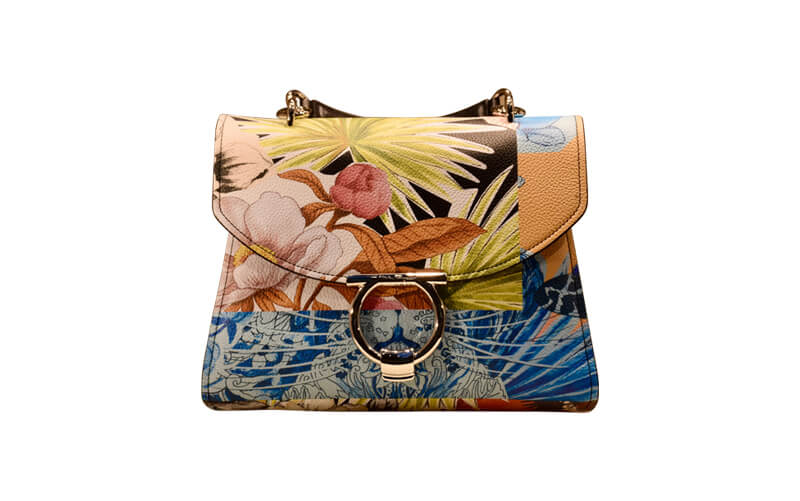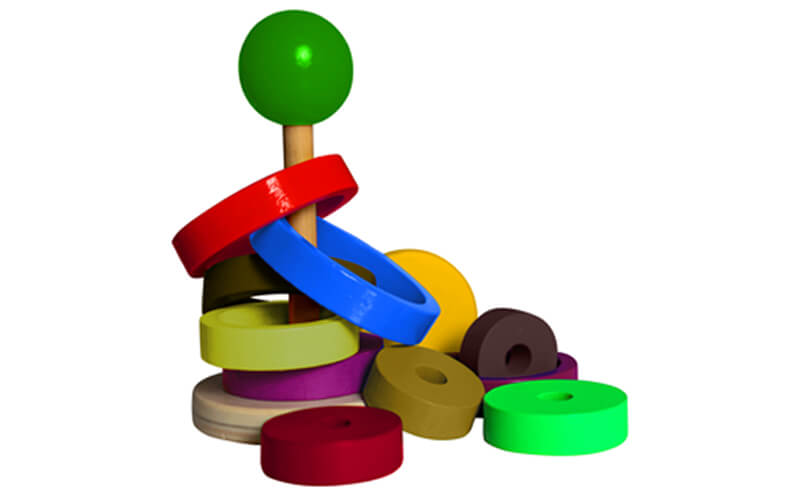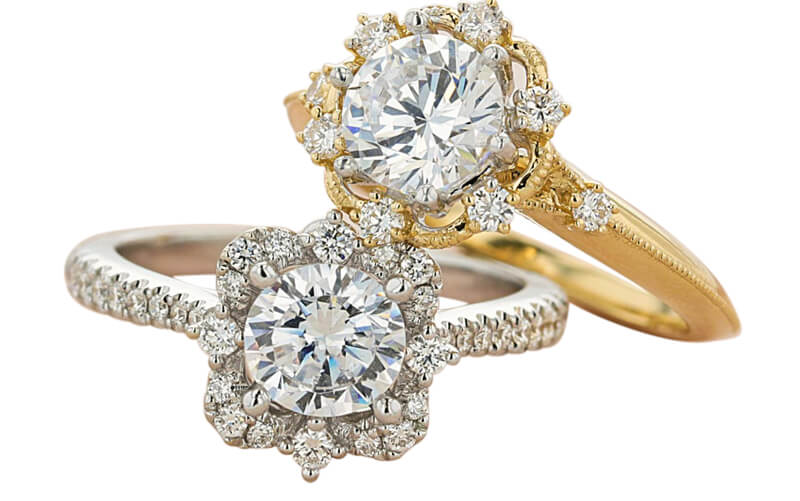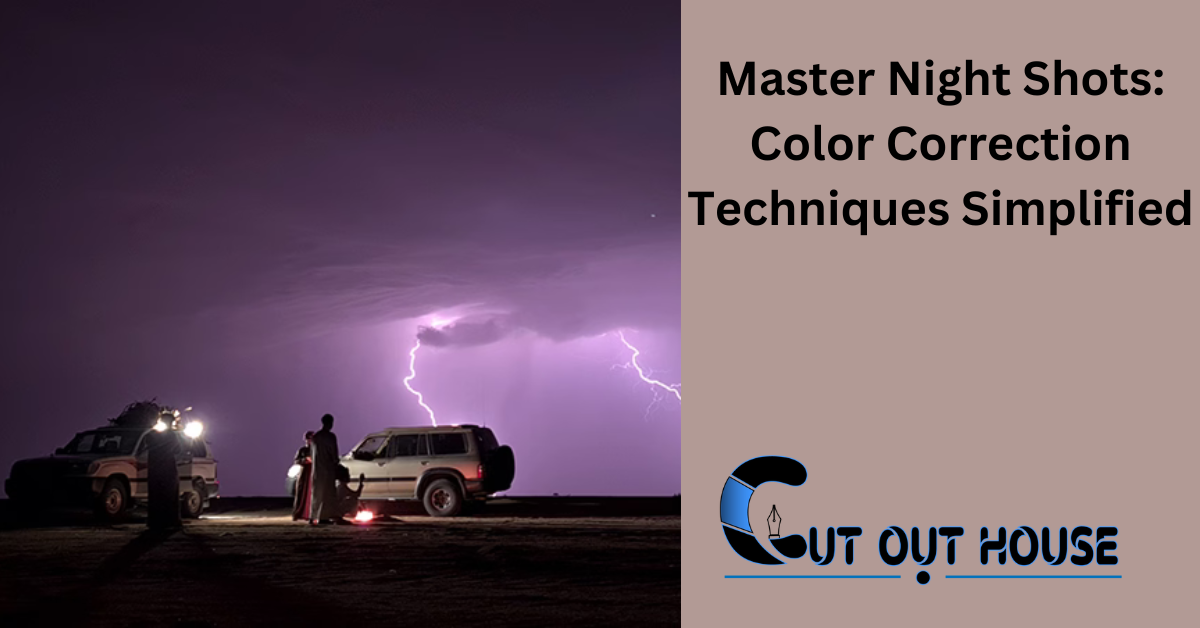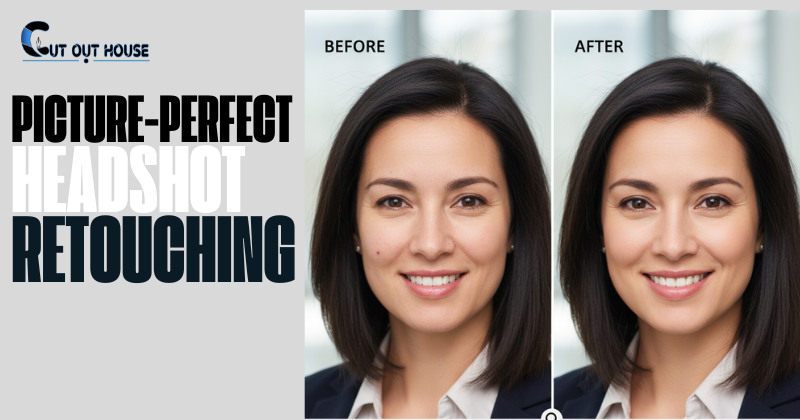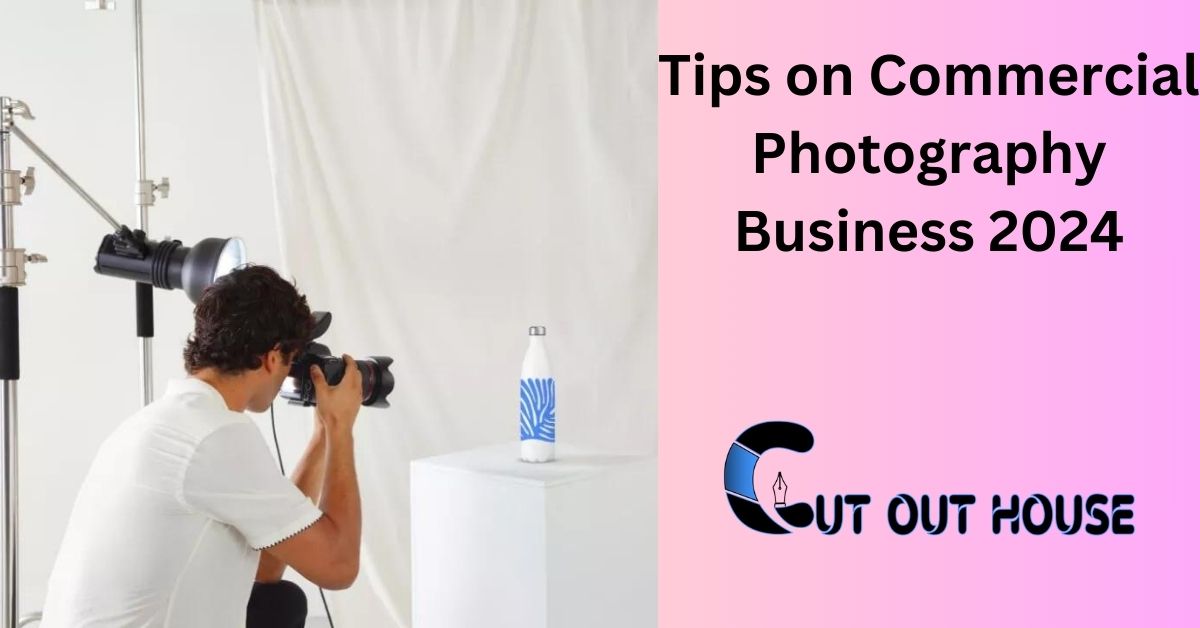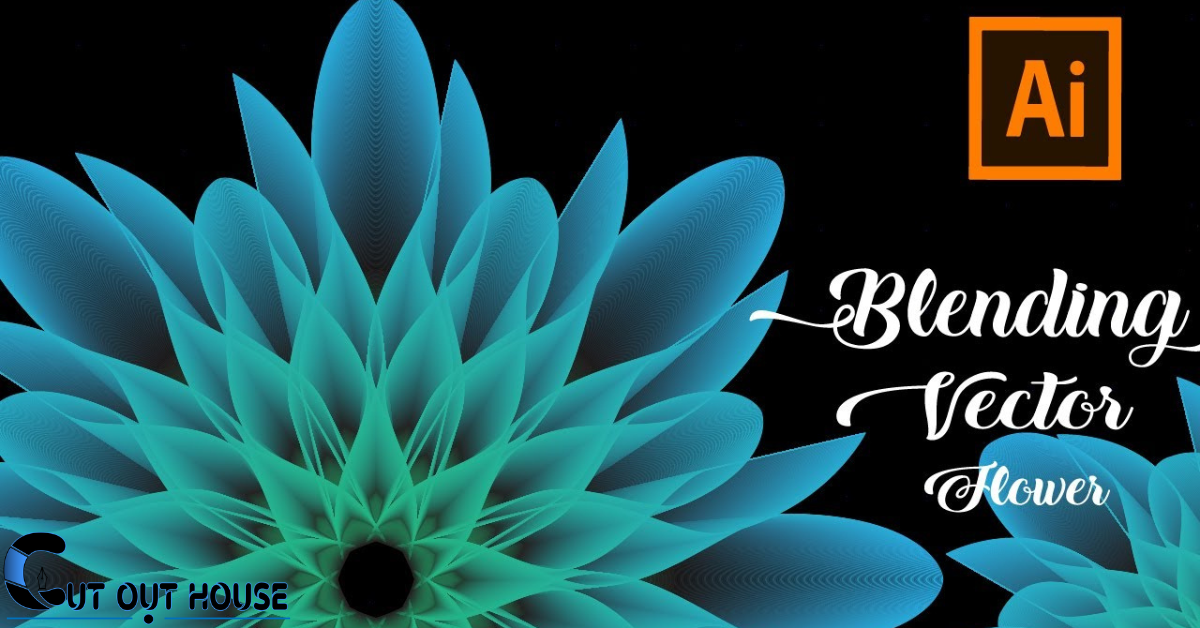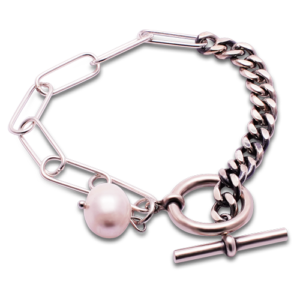To enhance night photography, color correction techniques involve adjusting shadows, mid-tones, and highlights using color wheels to create the desired tone. By manipulating these elements, color correcting concealer photographers can add a blue tone to enhance shadows or create a warm ambiance, improving the overall aesthetic of their night shots.
Mastering Color Correction techniques is essential for achieving captivating and professional-looking night photography. Whether it’s accentuating the moonlit sky or capturing the luminous glow of city lights, understanding color correction methods is crucial for creating stunning night photographs. In this blog, we will delve into various color correction techniques specifically tailored for night photography, equipping you with the skills to elevate your nighttime images to new heights.
Introduction To Night Photography Color Correction
Color correction in night photography plays a crucial role in enhancing the overall quality of the images. It helps in improving the colors, balancing the tones, and creating a visually appealing result. One of the main challenges faced in night photography is the management of different light sources and the adjustment of white balance to achieve accurate colors. By using specialized editing software and techniques, photographers can overcome these challenges and achieve stunning night shots with vibrant and realistic colors.
Basic Tools For Color Grading
Color correction is a crucial aspect of night photography. Understanding the color wheel and waveforms plays a vital role. Using histograms helps in the basic tools for color grading. These techniques are essential for enhancing the visual appeal of night photographs.
Adjusting White Balance For Night Shots
Temperature and Tint Sliders: When editing night shots, adjusting the temperature and tint sliders is crucial to achieving natural skin tones. These sliders allow you to remove any unwanted color casts and create a more balanced and realistic look.
Working With Shadows And Highlights
Color correction techniques are essential for night photography, especially when working with shadows and highlights. One important aspect of balancing exposure is to enhance dark areas without introducing noise. This can be achieved by using color grading techniques, such as adjusting the shadows, mid-tones, and highlights color wheels. For instance, to add a blue tone to enhance the shadows of a night shot, you can move the handle in the middle of the shadows color wheel.
There are various software options available for color correction, such as Adobe Lightroom, Premiere Pro, and DaVinci Resolve. Additionally, there are plenty of tutorials available on YouTube that can guide you through the process of color grading night photography. By following these techniques, you can make your night photos look better and shine bright in the world of photography.
Color Schemes For Different Night Scenes
Color correction is an essential aspect of night photography. It helps to enhance the mood and tone of the image, making it more appealing to the viewers. When it comes to urban landscapes, it’s best to use cool tones like blue and green to create a calming effect. For natural landscapes, warm tones like orange and yellow can be used to highlight the natural beauty of the surroundings. When it comes to portraits at night, it’s best to use soft and warm tones to create a flattering effect on the subject’s skin.
Advanced Techniques In Color Grading
Color correction is a crucial aspect of night photography. Advanced techniques such as using LUTs for quick styles, selective color correction, and creative use of gradients can significantly enhance your images. When it comes to color grading night photography, it’s essential to manipulate the shadows, mid-tones, and highlights effectively. By utilizing the three-color wheels, you can achieve the desired tones and enhance the visual appeal of your night shots. Additionally, adjusting the aperture, ISO, and using fill light can further improve the quality of your night photos. Mastering these color correction techniques will elevate the overall impact of your night photography.
Software Tools For Effective Color Grading
Color grading for night photography can be effectively achieved through various software tools. Adobe Lightroom offers a user-friendly interface for adjusting colors, tones, and contrasts. Adobe Premiere Pro provides advanced color grading features, allowing precise adjustments to enhance the visual appeal of night photographs. DaVinci Resolve is another powerful tool for color correction, offering comprehensive controls for manipulating the color palette and achieving the desired mood in night photography.
Practical Tips For Mastering Night Photography
Enhance your night photography with advanced color correction techniques. Utilize color wheels to adjust shadows, mid-tones, and highlights effectively. Experiment with adding a blue tone to shadows for a captivating visual impact.
| Color Correction Techniques for Night Photography: |
| – Use three-color wheels for grading: shadows, mid-tones, highlights. |
| – Enhance shadows with blue tone by adjusting shadows color wheel. |
| – Open aperture for natural light and maintain proper exposure with ISO. |
| – Include flash or fill light for subjects in dark settings. |
| – Utilize tripod for focus stability during night photography. |
Frequently Asked Questions
How To Color Grade Night Photography?
Color grade night photography by adjusting shadows, mid-tones, and highlights using three-color wheels. Enhance shadows with a blue tone by moving the handle in the shadows color wheel.
How To Make Night Photos Look Better?
To make night photos look better, adjust the aperture for more natural light, use a moderate ISO, add fill light, and consider using a tripod for stability. Additionally, color grading can enhance the overall look by adjusting shadows, mid-tones, and highlights to create a more captivating image.
Which Method Helps Night Photographers Create The Correct Exposure?
Night photographers can create correct exposure using long exposure, wide aperture, and high ISO settings.
How To Do Day For Night In Color Correction?
To do day for night in color correction, use color grading with three-color wheels for shadows, mid-tones, and highlights. Adjust the shadows color wheel to add a blue tone for enhancing shadows in night shots.
Conclusion
Mastering color correction for night photography is essential for creating stunning images. By utilizing color wheels to adjust shadows, mid-tones, and highlights, you can enhance the overall mood and aesthetics of your shots. Remember to play with different tones to achieve the desired effect. Colorado department of corrections. cicapair tiger grass color correcting treatment. Color correcting concealer. Colorado dept of corrections.
Happy editing!


